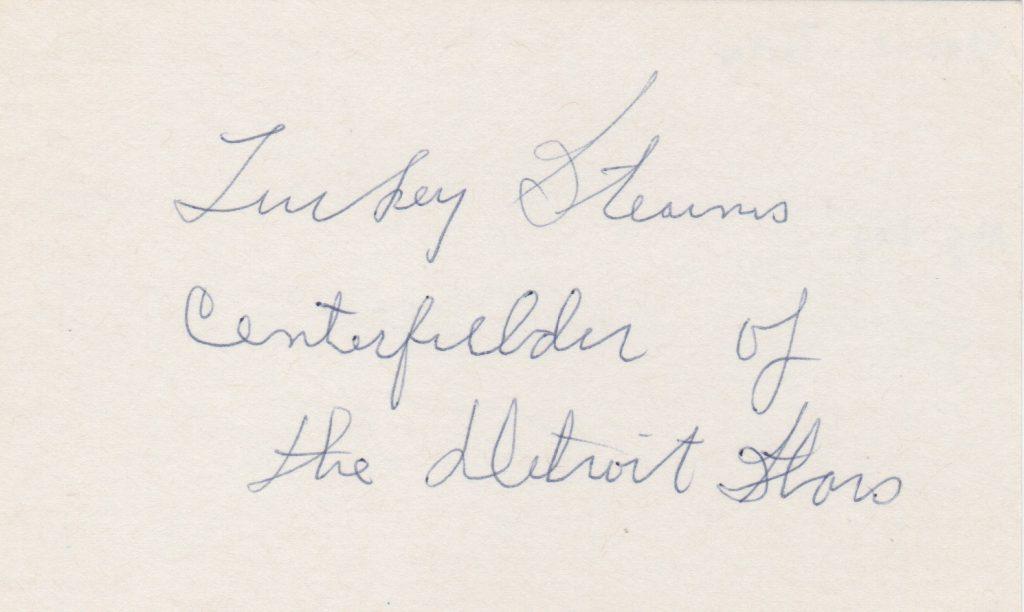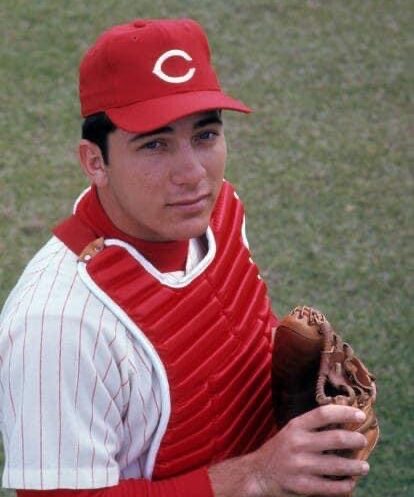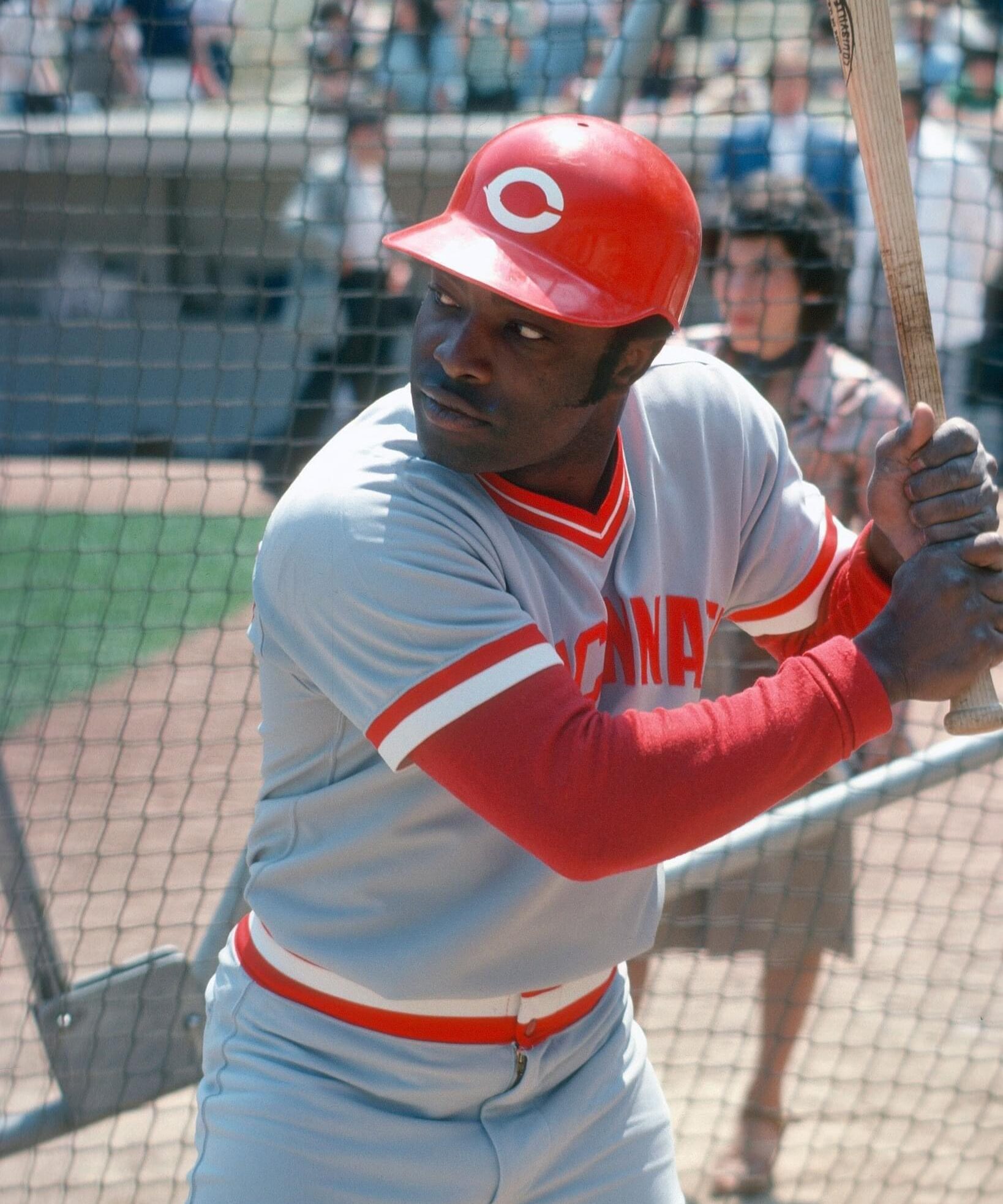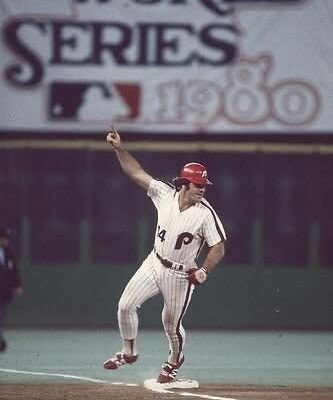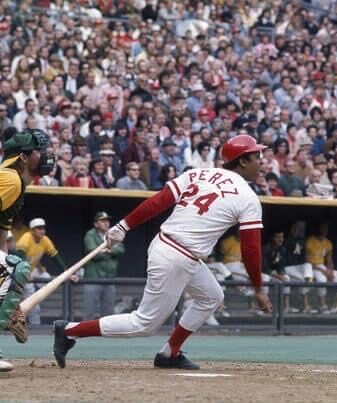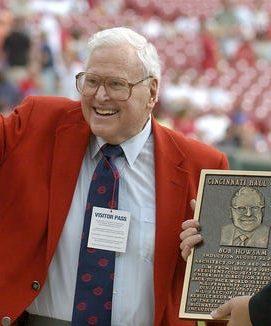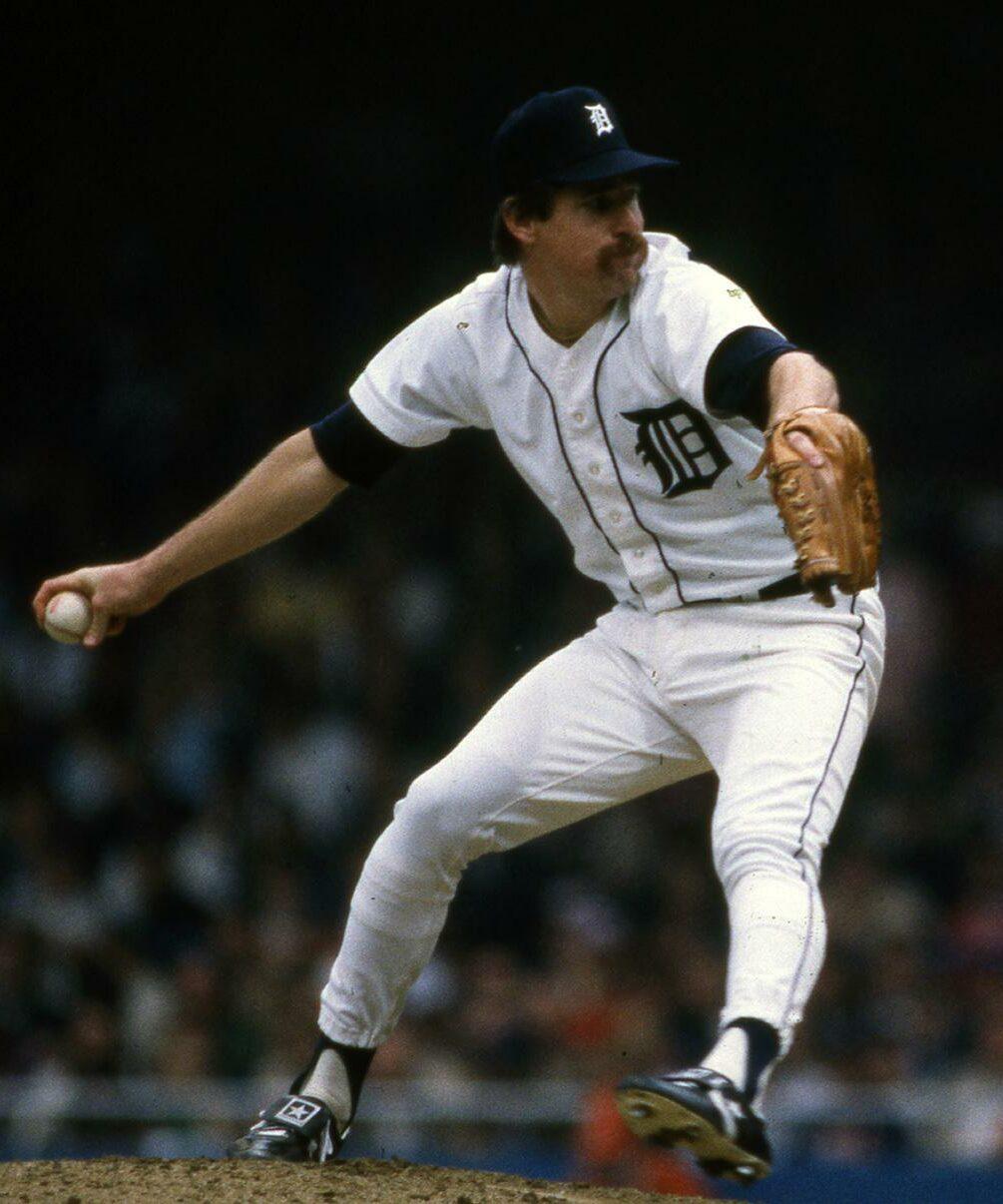Sparky Anderson
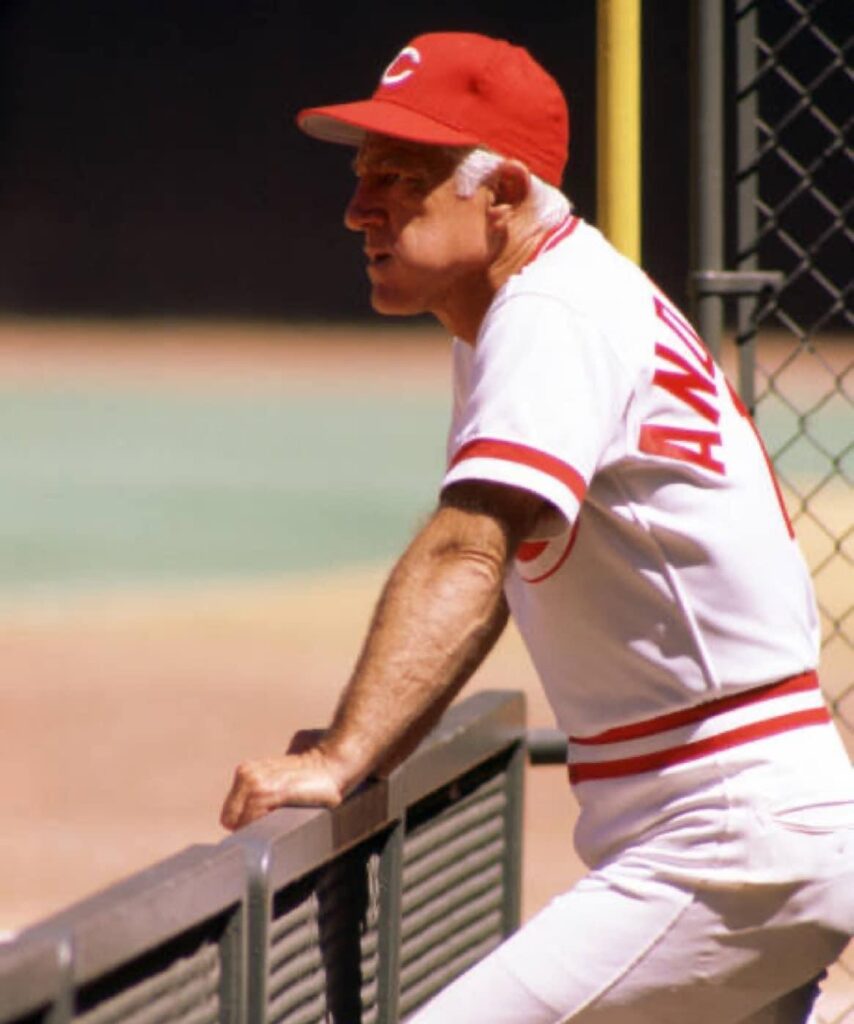
| Birthdate | 2/22/1934 |
| Death Date | 11/4/2010 |
| Debut Year | 1970 |
| Year of Induction | 2000 |
| Teams | Reds, Tigers |
| Positions | Manager, Second Base |
Sparky Anderson was the 1st manager to guide two different teams to 100 wins and the first to pilot clubs from both leagues to World Series wins.
Leave a commentIn the collection:
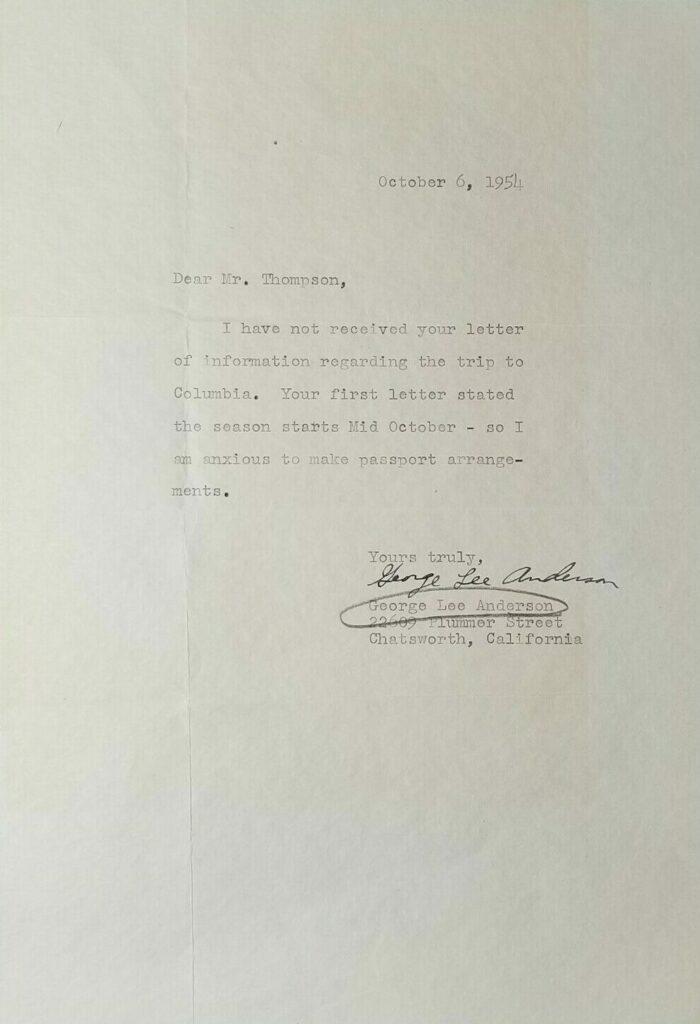
Before becoming a manager, Sparky Anderson was an infielder for 11 professional seasons
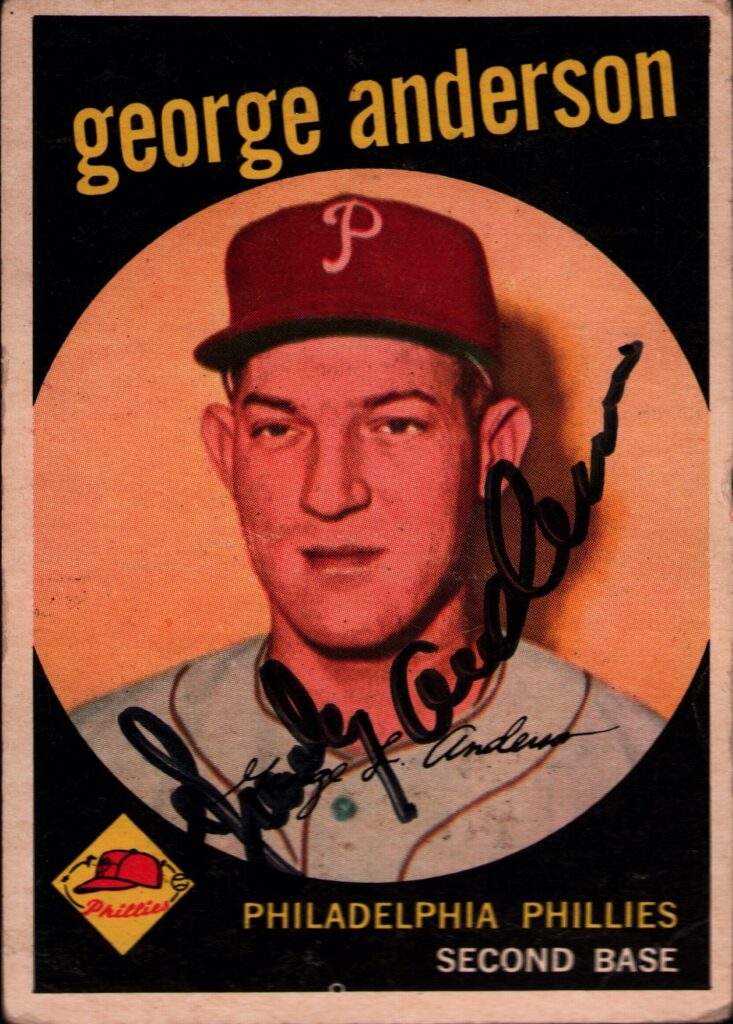
Sparky's only big league season as a player came for the 1959 Philadelphia Phillies
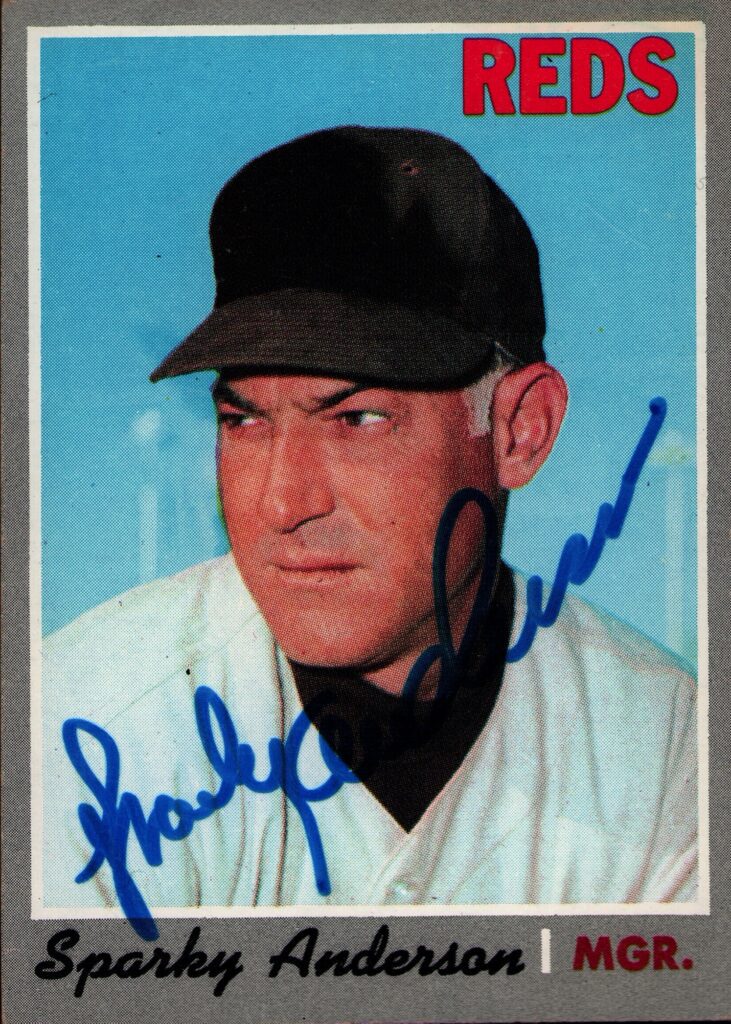
The 35-year old Anderson led the Reds to the pennant in his first season as manager.
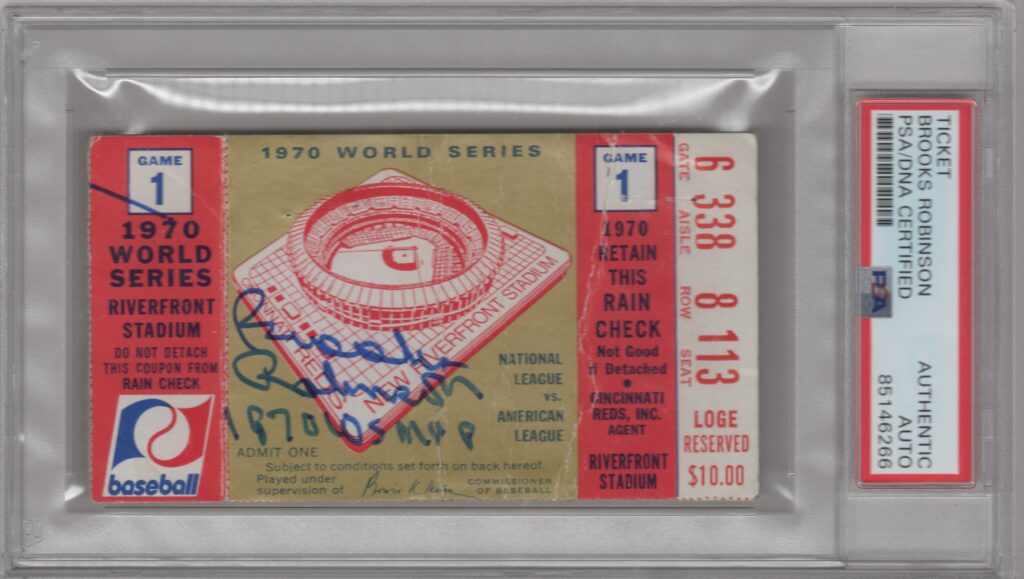
The Reds came up short in the 1970 World Series as Brooks Robinson put on a show
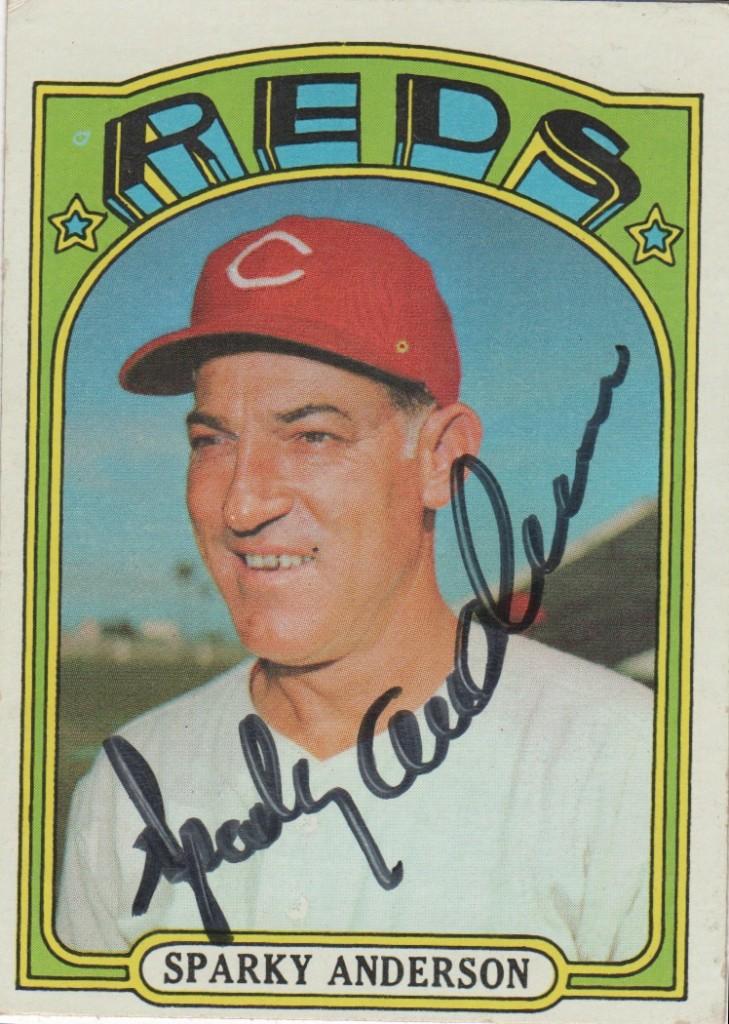
In 1972 Sparky and the Reds won their second National League pennant in three years
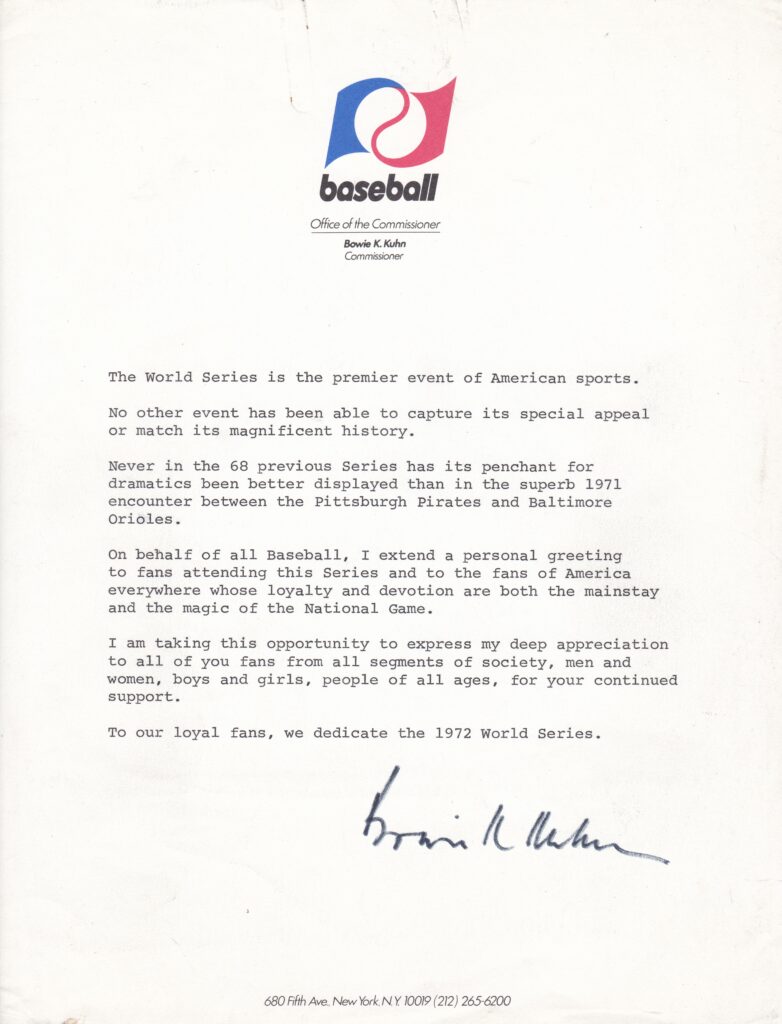
Commissioner Bowie Kuhn dedicated the 1972 World Series to baseball's loyal fans
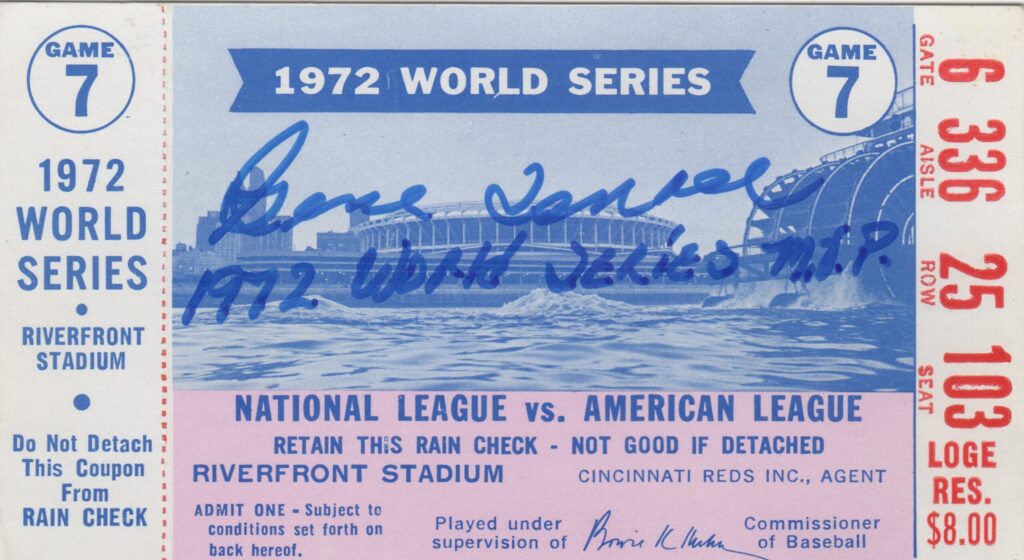
Anderson and the Reds lost to the dynastic Oakland A's in the 1972 World Series

In a seven-game thriller, the Reds beat Boston for their first World Series title in 35 years
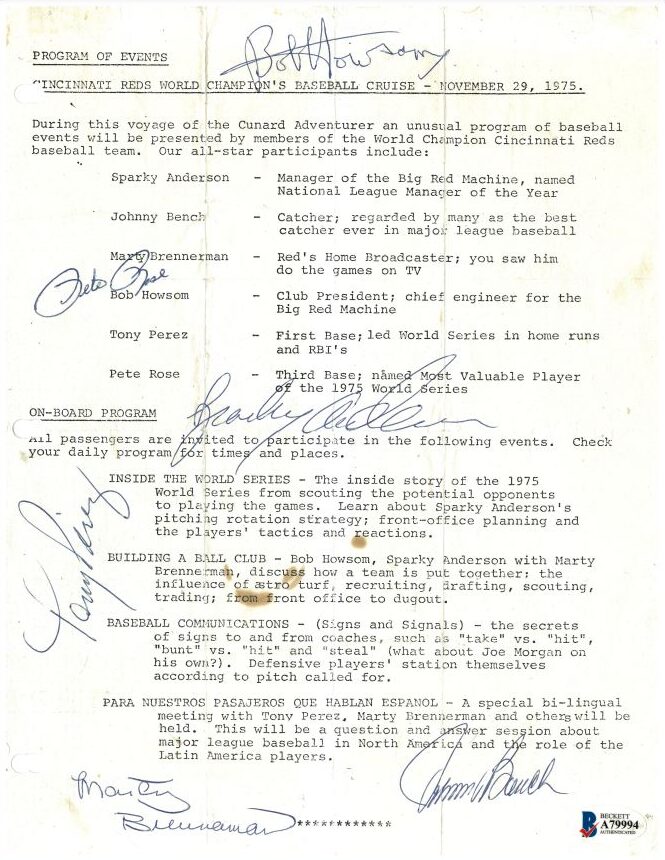
A month after the '75 triumph, Sparky & company went on a cruise
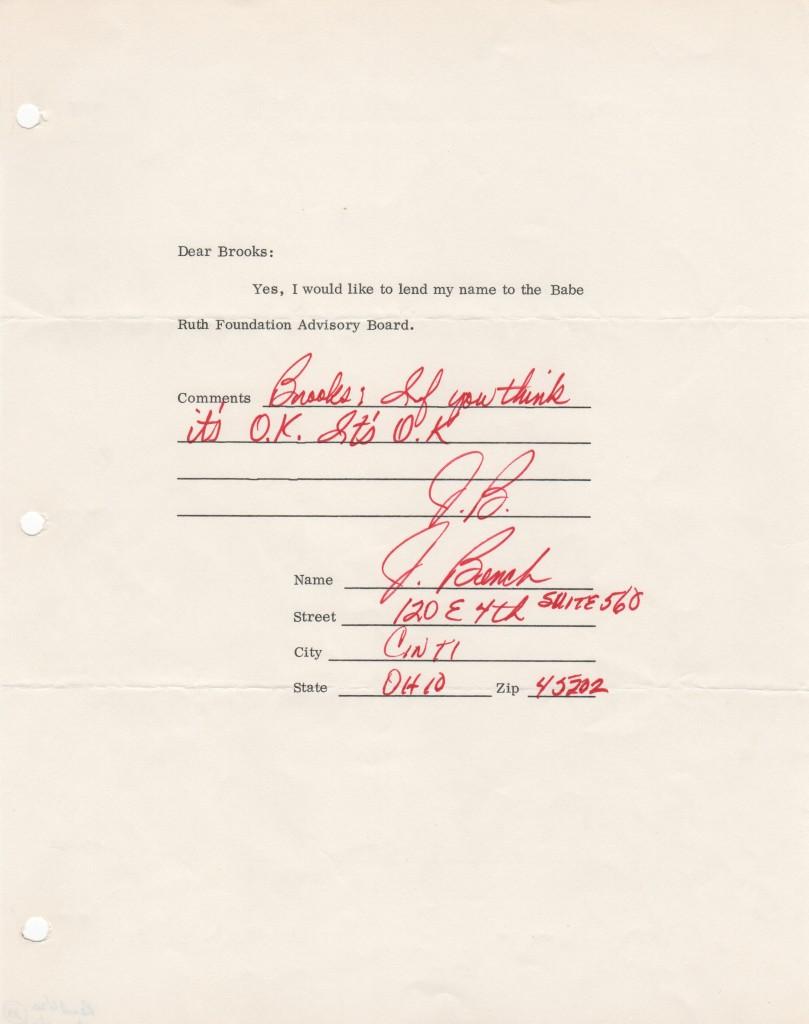
The Reds repeated as champs in '76 behind the play of World Series MVP Johnny Bench
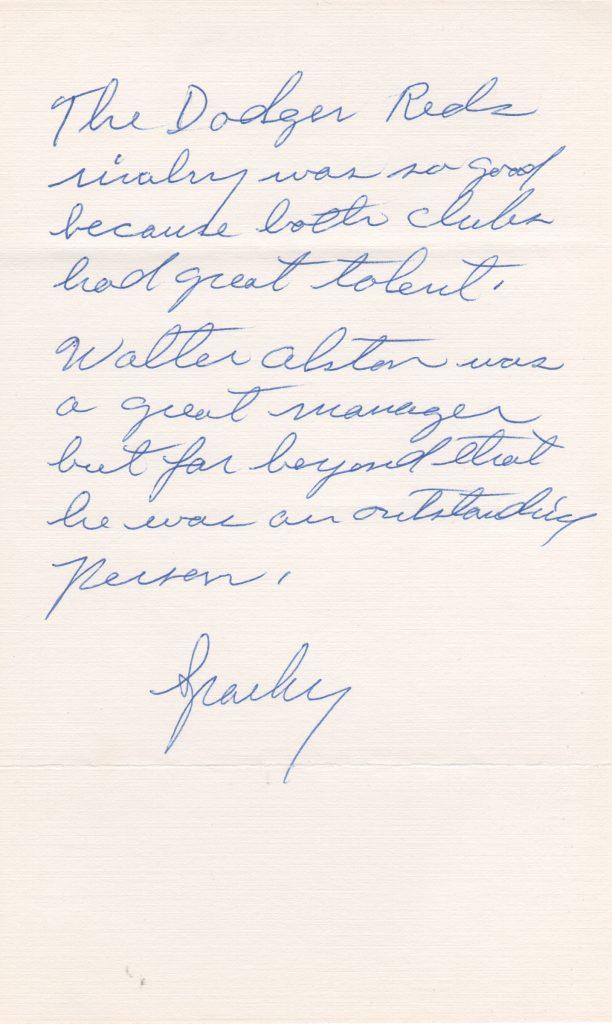
Sparky's Reds and Walt Alston's Dodgers were the top two NL teams of the 1970s
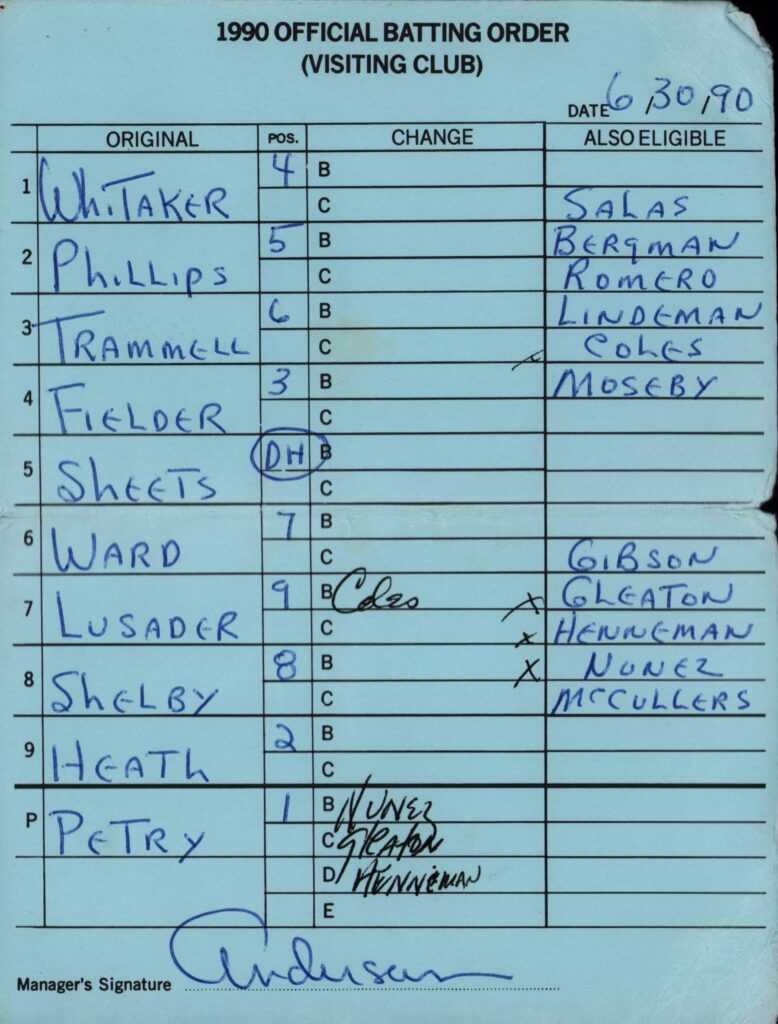
After the Reds fired him in 1978, the Tigers snapped up Anderson as their manager
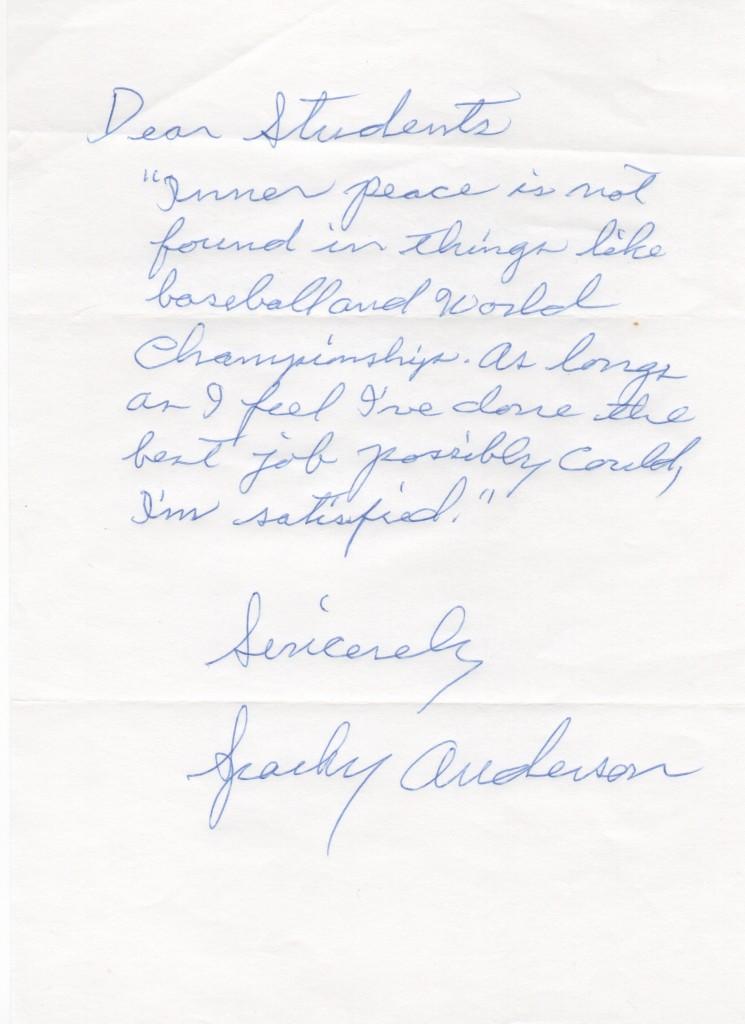
Sparky is the first to claim 100-win season and World Series titles in both leagues
